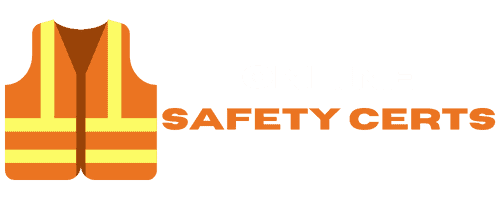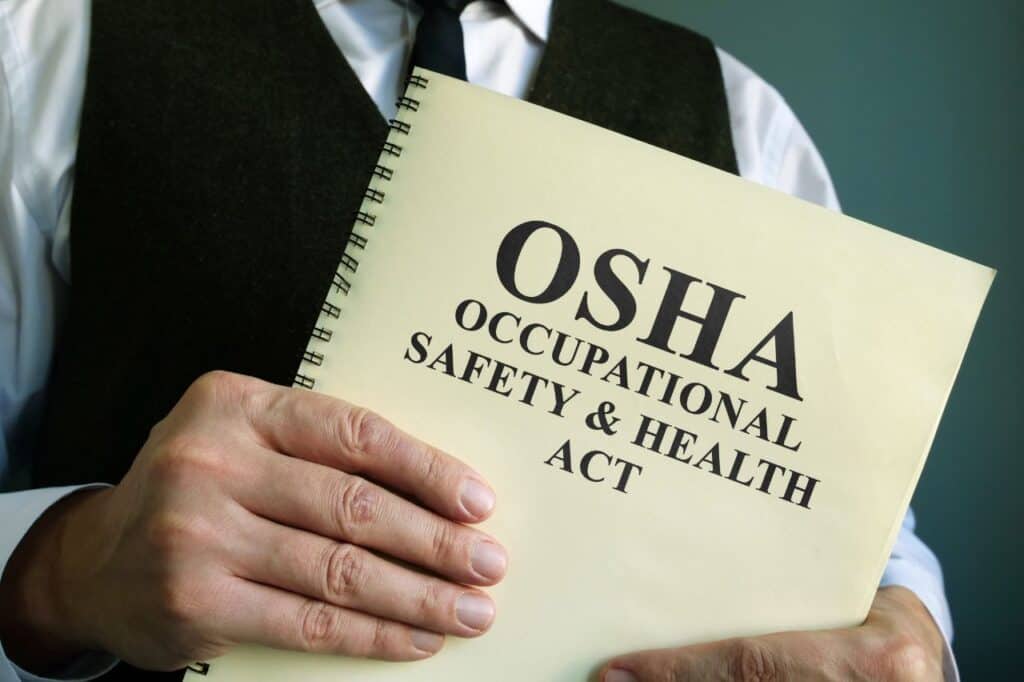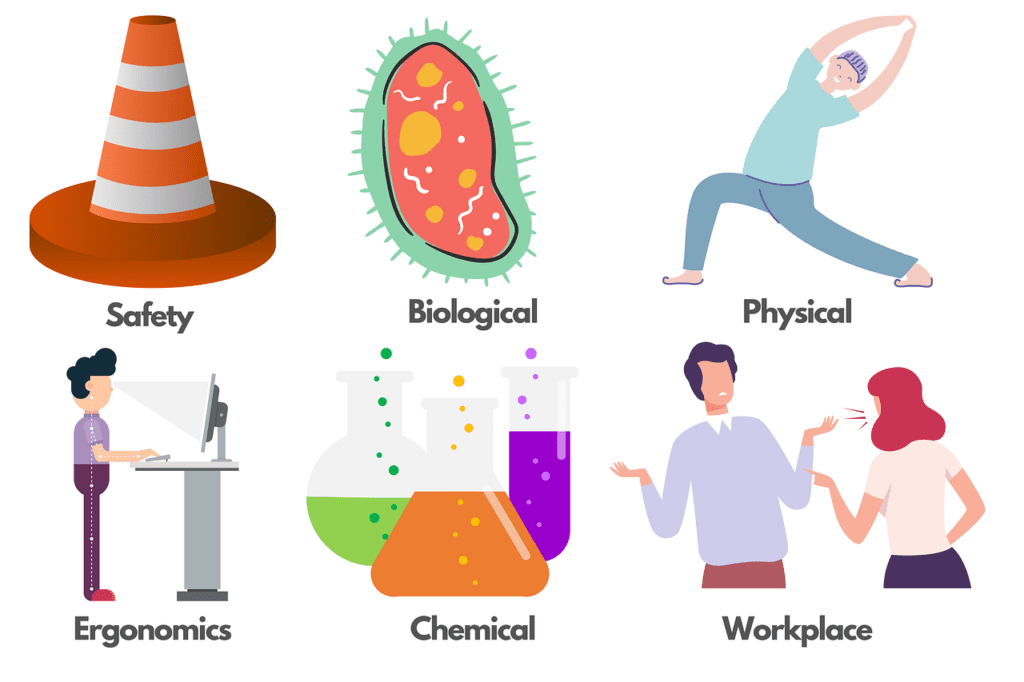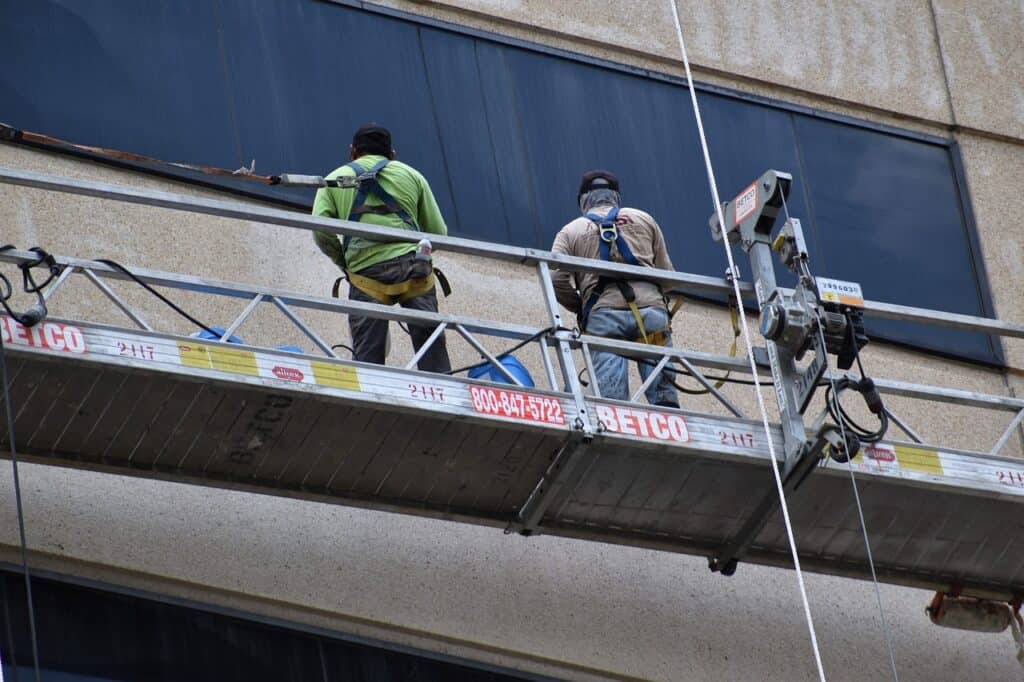OSHA 30 is a more stringent version of the standard OSHA 10. The main difference is that OSHA 30 requires inspectors to check for timeliness and adequacy of controls every day, whereas OSHA 10 only required it once per week. Inspectors for OSHA 30 also have to check for accuracy and adequacy of controls whenever there are changes in the process or new processes are introduced.
What is OSHA?
OSHA is short for the Occupational Safety and Health Administration, an agency of the federal government responsible for protecting workers’ safety and health. OSHA enforces 29 different federal laws that address workplace hazards and rights. The agency also issues regulations that set standards for employers to follow and standards for workers to meet. OSHA sets standards and regulations based on the type of work that you do and the hazards associated with your job. For example, if you work in a chemicals plant, you have additional hazards that other jobs do not have. If you fall under OSHA’s jurisdiction, you can receive inspections from OSHA and you can also receive citations for non-compliance with OSHA standards and regulations.
OSHA 30
OSHA 30 is a more stringent version of the standard OSHA 10. The main difference is that OSHA 30 requires inspectors to check for timeliness and adequacy of controls every day, whereas OSHA 10 only required it once per week. Inspectors for OSHA 30 also have to check for accuracy and adequacy of controls whenever there are changes in the process or new processes are introduced.
OSHA 10
OSHA 10 is a lower standard than OSHA 30. Inspectors have to conduct a written walk-through survey and document a sample of the Critical Control Points (CCP’s) in the manufacturing process.
Why Do You Need an Inspection?
If you are operating a regulated business, you need to know the conditions of your workplace. This will help you to ensure the safety of your employees, prevent hazards from developing, and comply with the applicable regulations. It’s also important to know how your workplace compares to others and what improvements you can make.
You’ll Need Access to the Site During the Inspection
This includes the right to enter the workplace during normal working hours and access areas where employees work. You’ll also need to be allowed to work in areas where employees work.
Conduct a Walkthrough Survey
After you set up the inspection, the inspector will walk through your facility to check the physical condition of the site and assess the hazards to employees. The inspector will check if the site has been maintained and if there are any hazards to employees that could lead to a workplace injury. During the walk-through, the inspector will also check and document all the CCP’s in your process, such as the condition of the equipment and storage areas and the presence of hazards such as hazardous materials, toxic substances, or other dangerous conditions.
Documentation Review
For each item documented during the inspection, the inspector will note the type of equipment, location, and size. For example, the inspector may note that an oven is in a storage area. The inspector will also document how the equipment is used and what hazardous ingredients are present. For each hazard found, the inspector will record the severity and the corrective action taken.
Conclusion
Having an inspection done will allow you to learn about the condition of your work site and hazards that may be present. It will also help you to plan ahead and make sure that any hazards have been identified and remedied. Inspections can help you to maintain a safe work environment and comply with regulations set by OSHA. It’s important to know the requirements of OSHA and have regular inspections done to make sure that your workplace is safe and compliant.




